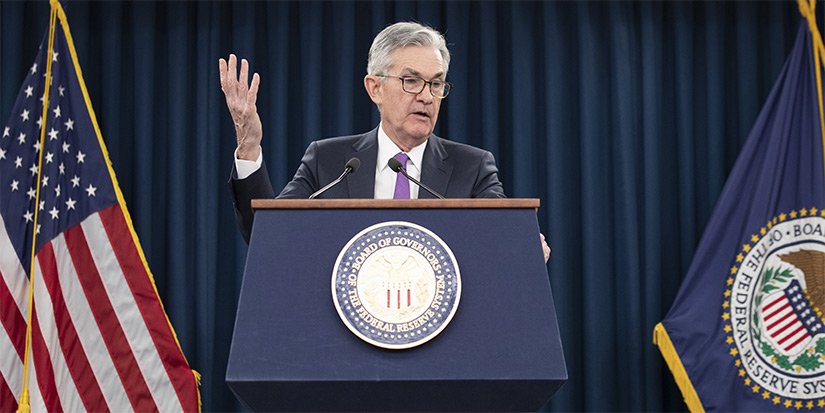The US Consumer Price Index is up 5% since May 2020, according to data released last week. This was the largest 12-month increase since 2008.
Some Wall Street denizens act like Weimar Germany-style hyperinflation is here. I think not. I’m old enough to remember when 3–5% inflation was normal. Even if CPI stays in that range, which I doubt, it would simply be a return to what everyone lived with in the 1990s. Somehow we survived.
At the same time, even 3% inflation isn’t good. The Federal Reserve is supposed to deliver “price stability.” Thankfully, they’ve prevented hyperinflation. But even mild inflation, compounded over years, is the opposite of price stability.
And for many folks, inflation isn’t mild. Tried renting an apartment lately?
Whether inflation is a problem depends on your personal situation. It varies a lot, depending on your location and how you spend your money. It’s also easier to tolerate if your income rises at the same rate as your cost of living.
The inflation we’re seeing now comes mostly from the COVID-19 pandemic… but not necessarily in the ways you might expect.
Five Culprits
CPI is an index, weighted to reflect the price change in a hypothetical basket of goods and services. It is also subject to significant statistical adjustments. It doesn’t reflect anyone’s reality, but it’s the measure we have.
The yearly jump that has people so concerned was highly concentrated. Samuel Rines at Avalon Advisors calculates just five items accounted for 71% of the change in headline CPI.
The five leading culprits were:
What do all these have in common?
For one thing, all their prices were severely depressed in May 2020, the beginning of the period in question. Many US businesses were closed, employees laid off, and fearful consumers staying home. Restaurants, if open at all, were doing only take-out service. Few people were buying airline tickets or renting cars.
Compare that to today. Vaccinated people are resuming their prior activities, business is booming in many segments, and economic optimism abounds.
Of course the prices that fell the most in that odd period have rebounded the most. That should surprise no one. But there’s more to this story.
Notice two of the categories are vehicle-related. That’s not coincidence.
When the pandemic struck, car rental companies found themselves holding some very expensive, idle assets. They moved quickly to sell their fleets, pushing used car prices down.
All this happened while microchips—a major component in modern vehicles—were in short supply due to trade and national security disputes between the US and China. This further reduced new car supplies, encouraging consumers to look for used ones—and driving their prices higher.
As for car rentals… it’s simple supply and demand. They can’t rent cars they don’t have. They sold the used ones and haven’t been able to buy new replacements. So they’re charging more for the few vehicles available.
Now the question is whether those factors will persist. If so, we can expect used vehicle prices to keep rising, possibly boosting inflation further. Will they?
They might. Taiwan, the world’s primary microchip source, had been relatively spared from COVID damage. But now it’s experiencing a serious COVID outbreak, which seems to be centered on the foreign microchip workers who live in crowded dormitories. This is further restricting new vehicle supply, and many other goods, too.
But the other factors are probably fading. People who need a car to get to work have probably found one, or made other arrangements. Public transit at least seems safer.
Mobility data shows people are moving around almost as much as they were before the pandemic. That means fuel demand is probably about back to normal. Prices could rise for other reasons (we’re entering hurricane season, for instance) but energy prices should begin stabilizing. There’s little reason to expect another year like the last one.
Hidden Inflation
Inflation doesn’t always show in prices. For instance, I’ve noticed a trend where products aren’t available in the local store, but the same store will happily ship it for delivery next week.
That’s a kind of hidden price increase: Making you wait instead of taking your purchase home immediately. CPI doesn’t capture this unless the price rises, too.
Inflation is real, and it’s painful for many people. However, it’s not the kind of inflation that will continue boosting CPI. What we’re seeing now is a temporary consequence of the pandemic which, while not gone, is at least receding as more people get vaccinated.
Federal Reserve officials seem far more concerned about employment. Before they tighten policy, they want to see the millions of still-unemployed people get jobs again, and the millions who left the labor force get back in the game.
If that happens, it’s going to take a while. So expect the Fed to stay accommodative for a long time.
See you at the top,





